Split Fiction isn’t very similar to It Takes Two. If you’re a regular reader of my stuff at TheGamer, you might be thinking ‘hey wait, I’ve read this one before’, but don’t worry, this one’s different. As I was saying, probably the biggest divide between the two games is how they treat their individual ideas. It Takes Two throws a million ideas out there. They aren’t all gold, but they never stick around for long enough for us to notice. Split Fiction goes for depth over breadth.
Each of the game’s six main chapters (the first and last do their own thing) follow a very singular premise. There’s one mechanic that shapes these six levels (sometimes two or three in the later ones, but that’s across a few hours of gameplay), and where It Takes Two would give you seven ideas, Split Fiction gives you seven ways to use one of them. In the level Final Dawn, that idea is ‘shooting’, a classic video game mechanic. These ideas rmake it Split Fiction’s best level. Unfortunately, they also make it Split Fiction’s worst.
Split Fiction Explores Ideas In Much More Depth
While shooting is a core gaming mechanic, that means hardened enthusiasts often underestimate its difficulty. Those of us who have played video games for years understand the weight of a virtual gun, and can naturally aim a reticule. If you’re going into Split Fiction with that inherent video game experience, then Final Dawn might be the best level the game has to offer. It doesn’t just riff on ideas other games have done before, as many of its other mechanics do, but poses unique puzzles and challenges that fit Split Fiction’s narrative, are thematically resonant to the whole partnership gimmick, and feel satisfying to solve. It’s the place the game most lets loose.
There’s some pretty standard shooting mechanics on show, of course – you fight bad guys with small health bars, and obliterate those bars (and the baddies themselves) by shooting them. Sometimes they glow red or blue, and need either Mio or Zoe to take their shields down. But that shield grenade mechanic is also used to open walls, enter protective domes, and drop down to avoid hazards. There are shooting galleries that must be hit in sync. There are jetpacks to offer verticality. It even turns 2D for an elongated section, reimagining all of these mechanics afresh. It’s everything you can do in a shooter inside a single level.
Even with all this going for it, there are still drawbacks. It’s the longest level in the game from my experience, and you feel that in the back half. Each idea might be great, but they all overstay their welcome just enough that by the end, the level has ended up deep in the red. Boss battles are especially troublesome for this, and the narrative – which is always extremely hokey throughout – doesn’t really justify the secrecy the game delivers its twists with, nor does the finale suit much of anything that came before. That costs it points, but it doesn’t make it the worst.
Final Dawn Will Punish Non-Gamers
The real problem with Final Dawn does not stem from the game itself so much as it does the person sitting next to you. Most of Split Fiction follows a simple dynamic. Mio does one thing, Zoe does another. Together, those two things make the world go round, or at least help you progress to the next checkpoint. Sometimes they do the same thing in tandem, with some solo platforming segments thrown in there. Final Dawn is the biggest change to that successful dynamic.
Instead, you are two elite operative soldiers and must act like it. You are expected to work together with a sense of precision and timing that non-gamers (who will naturally be attracted to the co-op follow up to It Takes Two) will lack. I know, I played with one. Most of the time we could muddle through, either by switching who we controlled so I always had the tougher task, me playing as Mio then Zoe on the hardest solo sections, or letting my partner ‘lead’ so that the challenge of reacting in time fell to me.
You cannot muddle through Final Dawn. It’s a two hour (or likely far more, given the circumstances) shooting section where aiming accurately, thinking on your feet, staying in sync with your partner, and reaction time are key. It’s not like an idea in It Takes Two that you know will all be over in ten minutes anyway. It’s a huge anchor in the back half of the game that saps away enthusiasm and resilience by expecting noobs to maintain a good K/DA.
For gamers, Final Dawn will be a high point of Split Fiction, a level where the fun goes from being ‘hey we’re playing together’ to ‘hey this is actually a great game’. For the less experienced, it will be the moment it goes from ‘this is a fun game’ to ‘we can’t play this together because I can’t do it’. I’m not sure if I feel Split Fiction is better or worse for including Final Dawn, but I do know it will be the final straw for a non-zero amount of arguing couples.
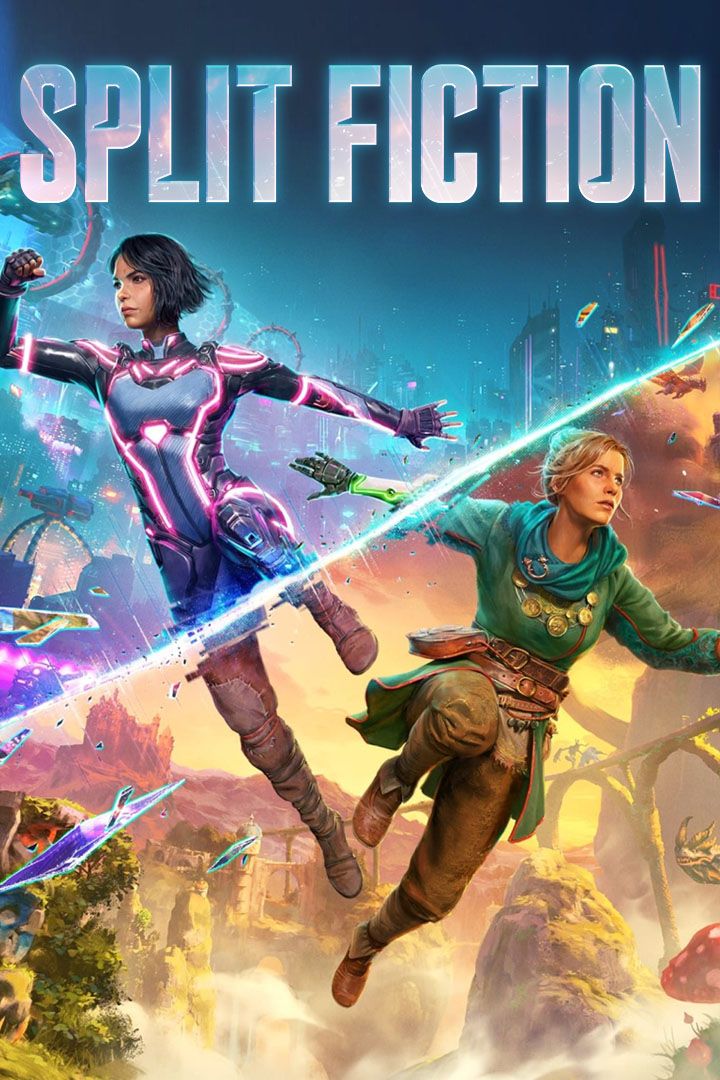
- Released
-
March 6, 2025
- Developer(s)
-
Hazelight Studios


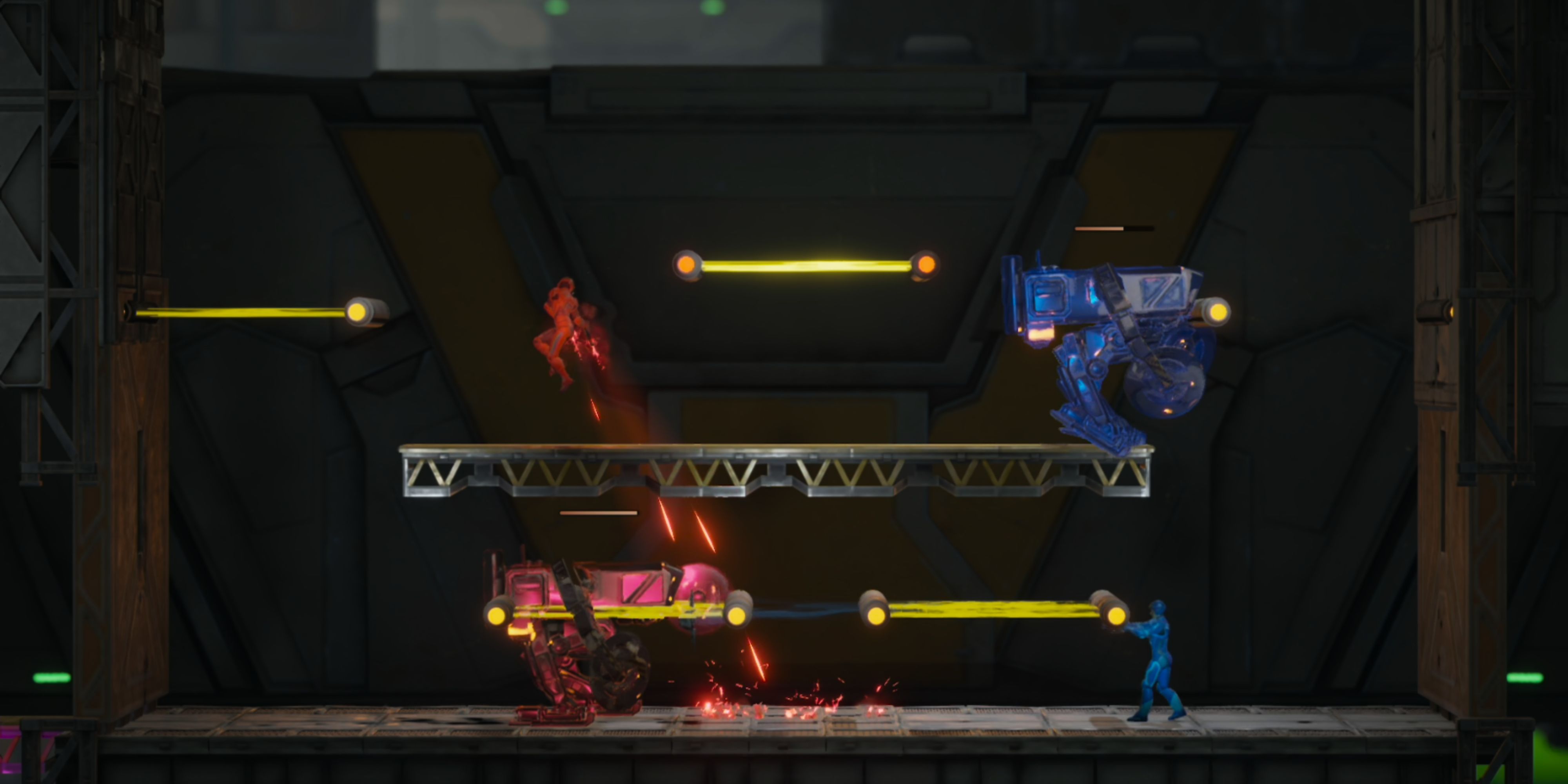






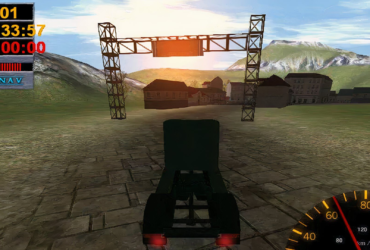
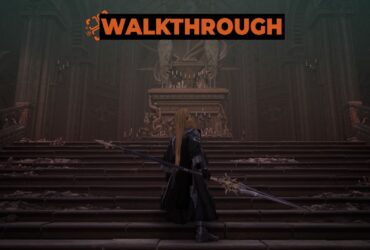
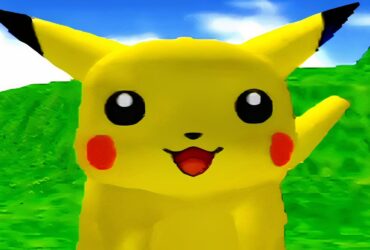
Leave a Reply